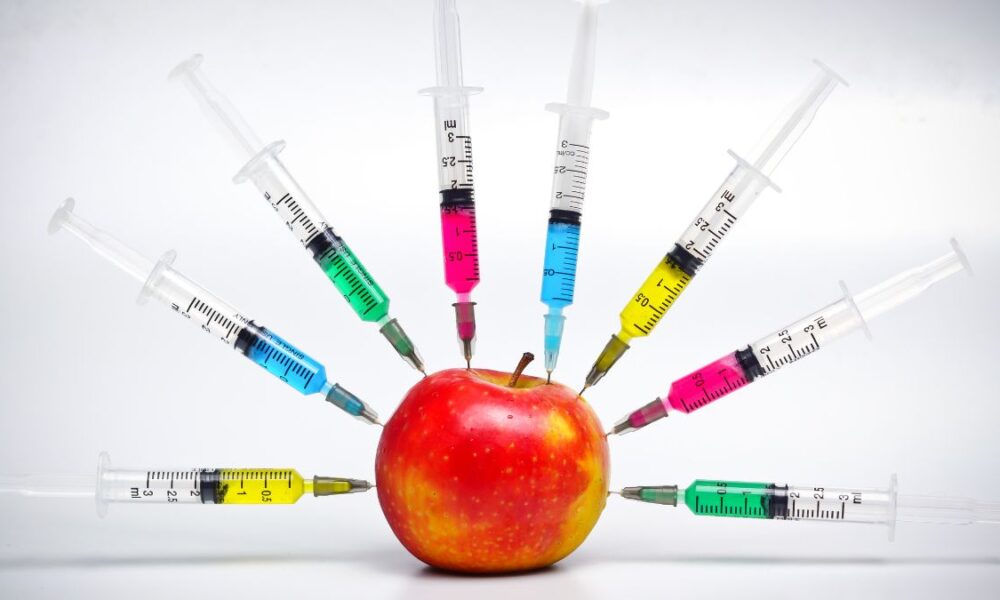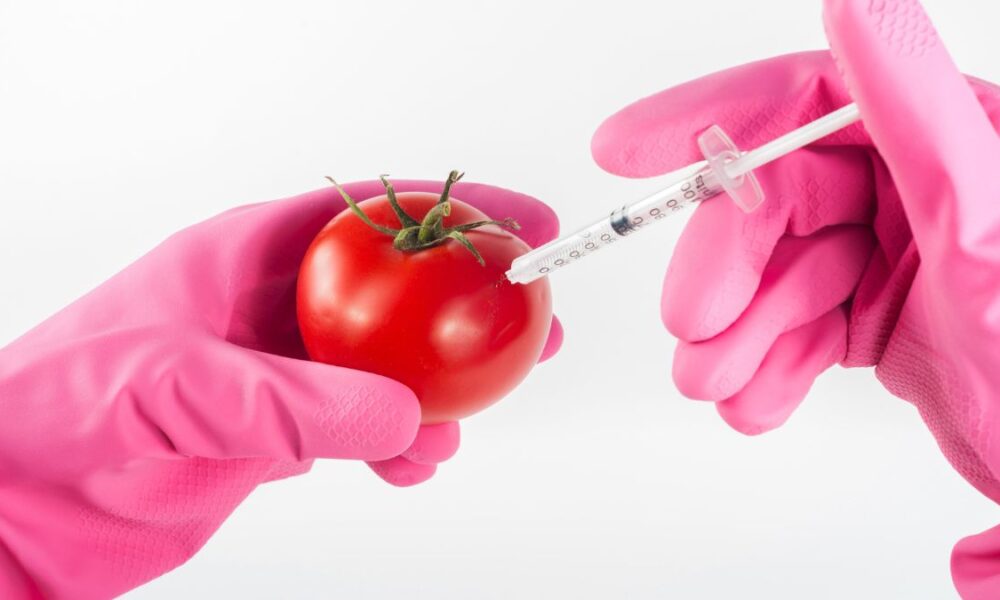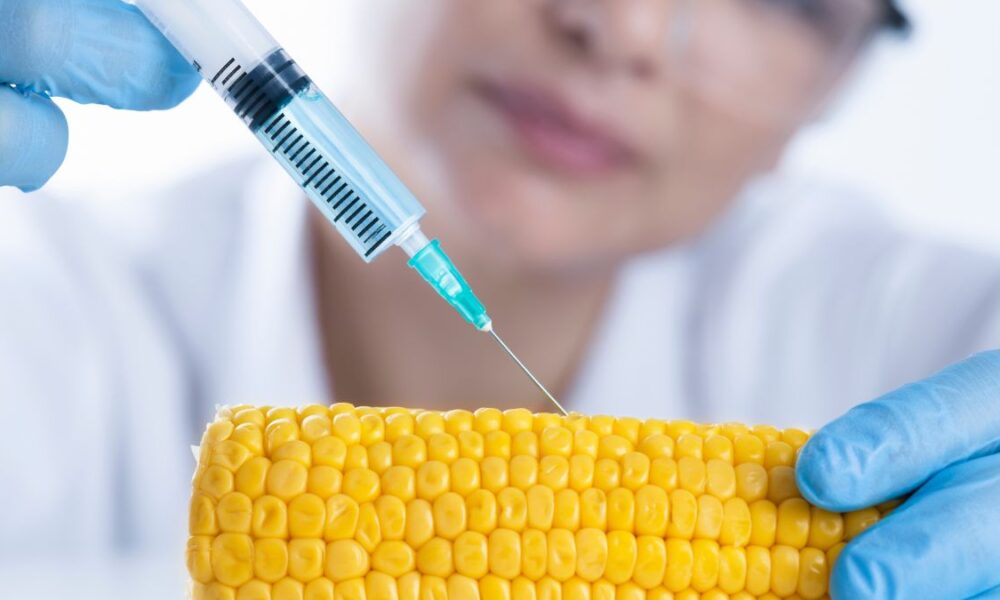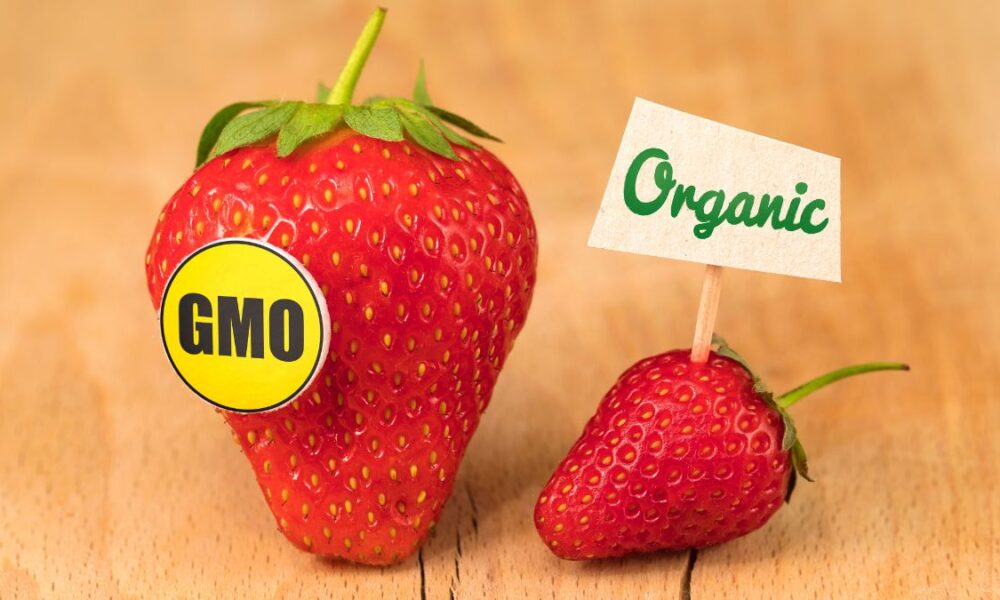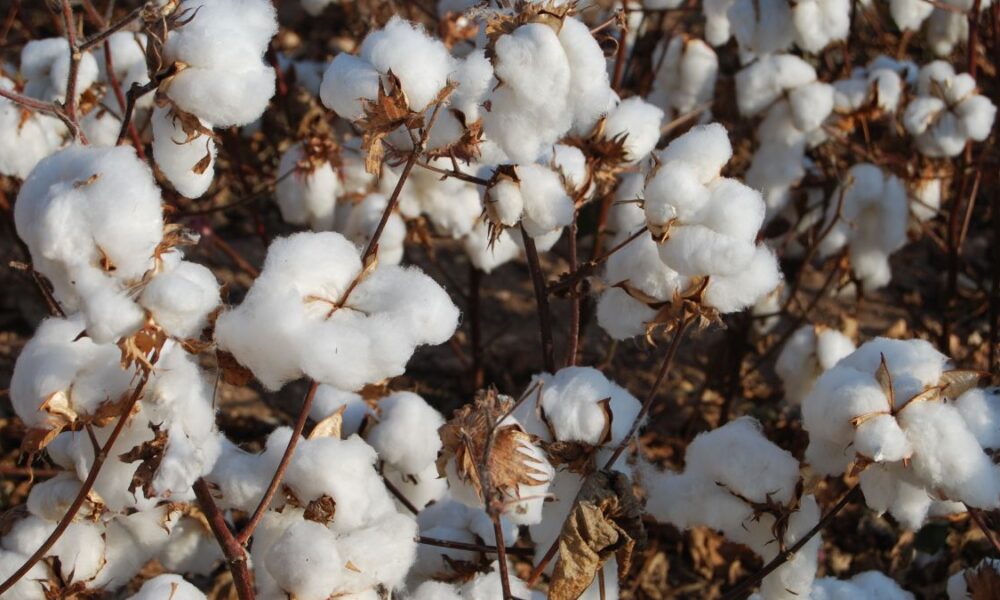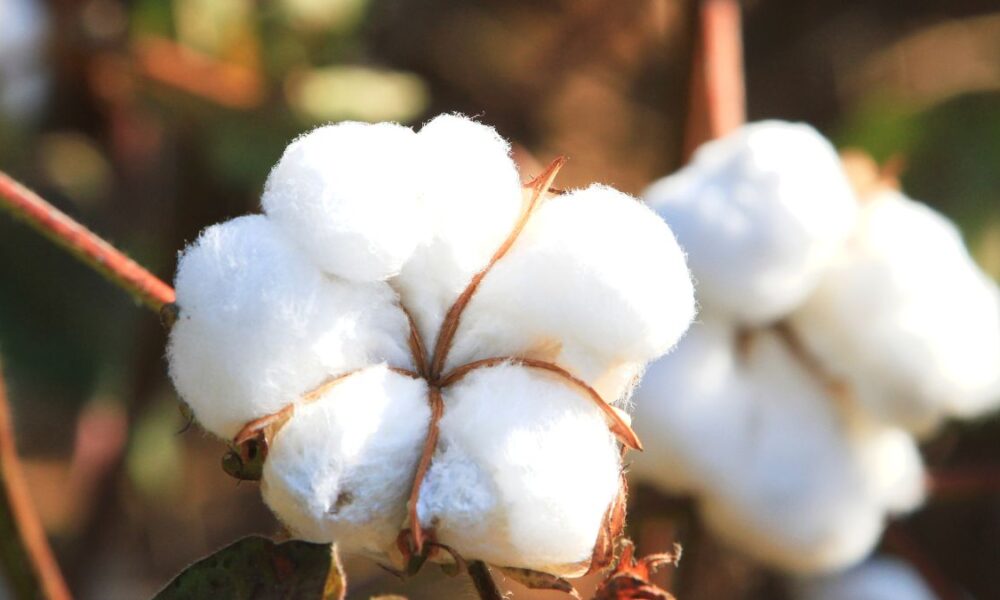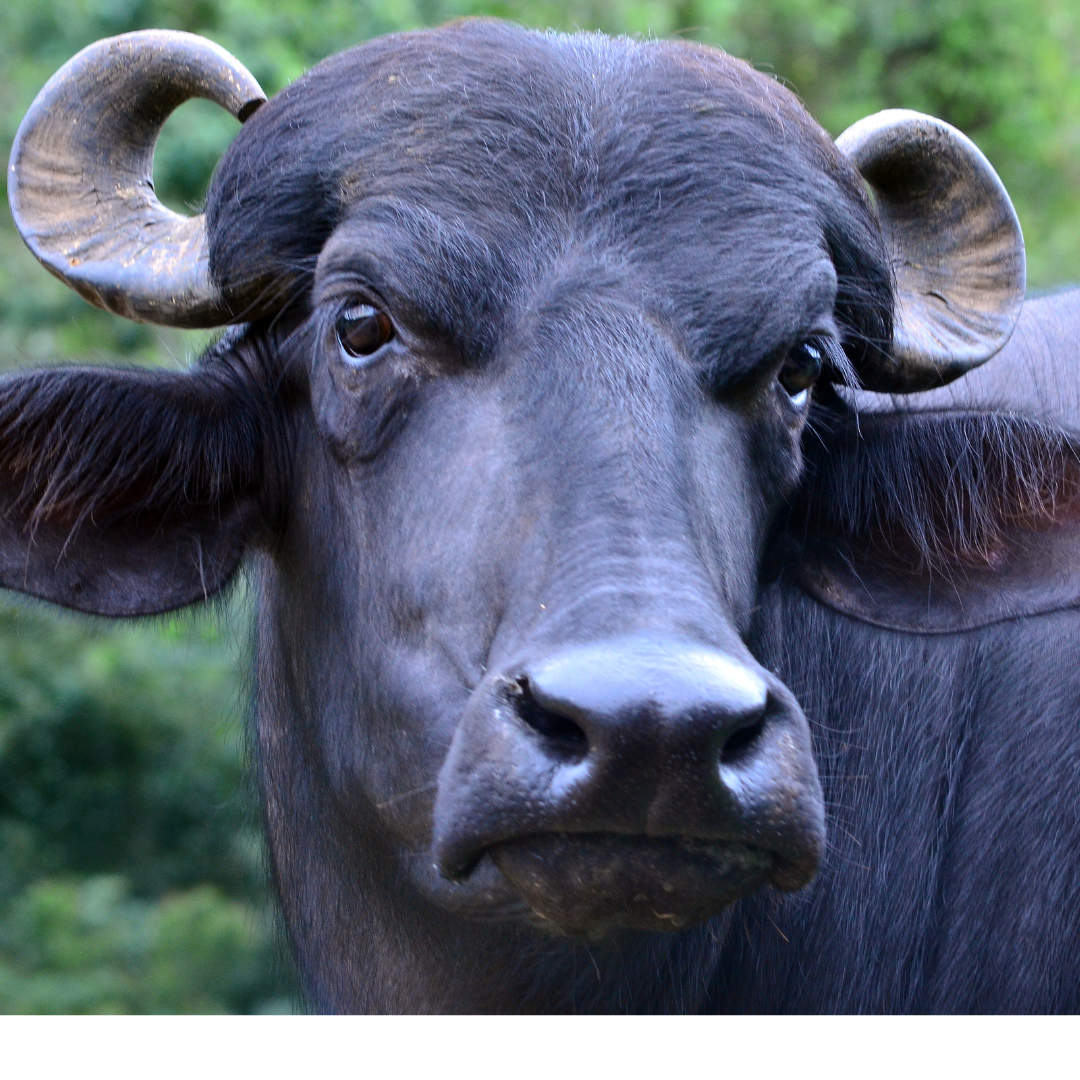English
Conspiracy of GM crops – threat to both environment and humans.
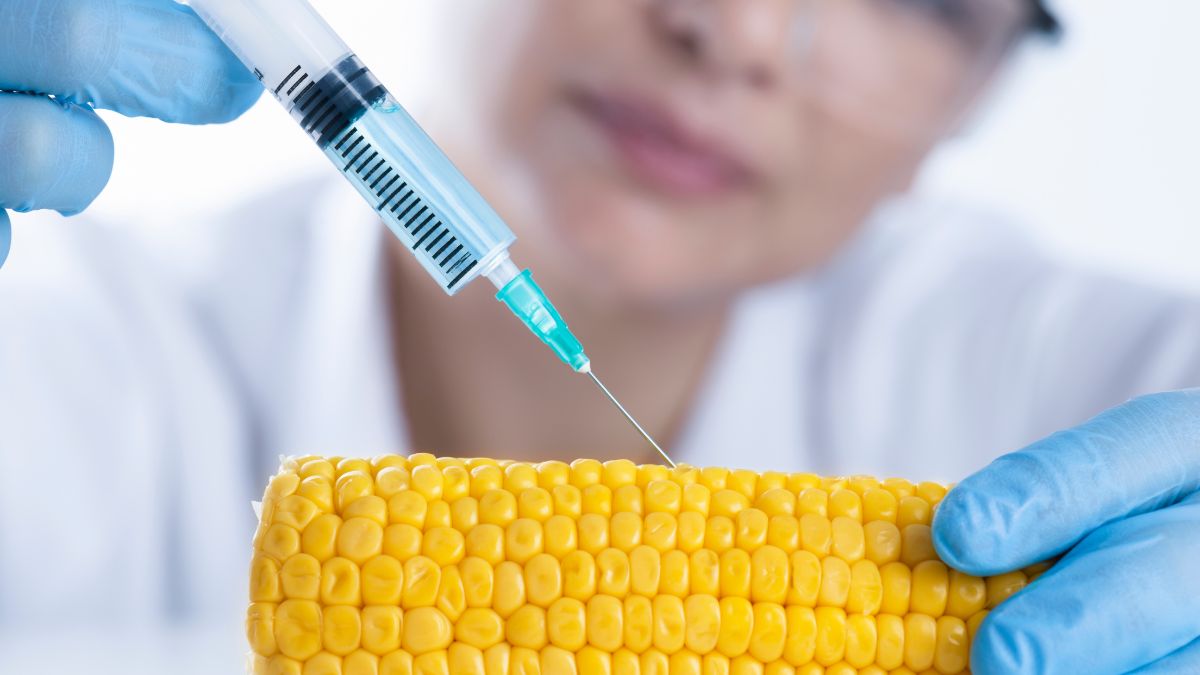
Trying to control the food chain with GM crops.
Biological poison of GM crops is reaching every house through Bt cotton.
There is definitely an increase in production from GM crops. But this nominal increase can also be taken from modern machine technology in traditional farming. A fear that has always been cashed in after World War II. Population growth and food crisis. And in the name of the food crisis,
European developed countries have been conspiring to keep money and power in their hands by fooling the governments of developing countries by teaching “false knowledge” or by getting them trapped in international treaties.
GM crops In order to avoid pests in GM crops, by changing the genes of the DNA of the crop, biological poison of the genes of another organism is put in it. Due to which the kit does not harm the plant.
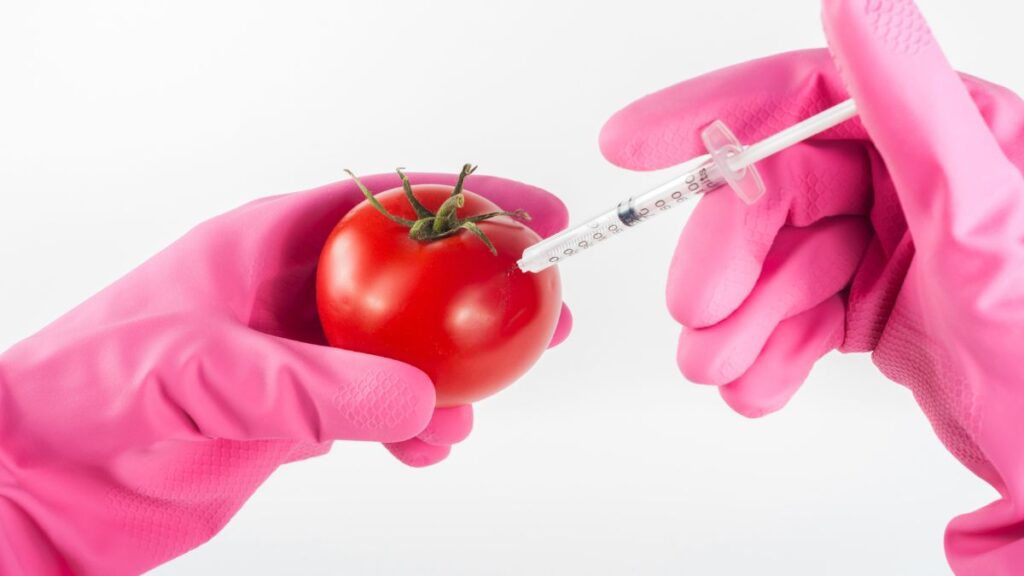
So how can that biological poison which is for insects in plants be safe for humans. And yet these crops require fertilizers and pesticides. Because GM crops are limited to one or two species of insects and there are innumerable species of insects in nature whose nature and diet are opposite to each other.
In the name of climate change, even in the name of making crops capable of severe or critical conditions, GM technology has been suggested as an alternative. Which may sound scientific. But the GM crop that has been developed for extreme heat is not as tolerant in normal weather or in adverse conditions.
Whereas in natural crops, adaptation to adverse conditions gradually develops naturally. At present, preparations have been made to bring GM food crops to India. For GM food crops, before 2014, dozens of foreign research and scientists, experts and religious leaders were thrown into the movement against GM.

The BJP, which was in the opposition regarding Bt mustard and Bt brinjal, raised this issue loudly in association with the farmers. Due to which Bt i.e. Bacillus thuringiensis bacterium’s DNA was banned on hybrid seed brinjal and other GM crops. Except for Bt cotton, everything else was banned.
For this, you can go to the YouTube link https://youtu.b/8prhcxt_xrk and see it in the title named “Poison in the plate”. Now suddenly after 8 years when GM’s genie came out of the bottle, where are all those people?
You can see in the video that 8 years ago, the so-called yoga and religious guru was ready to lay down his life for the truth and public interest against GM’s poison. Now he himself has become a trader of the same poison.
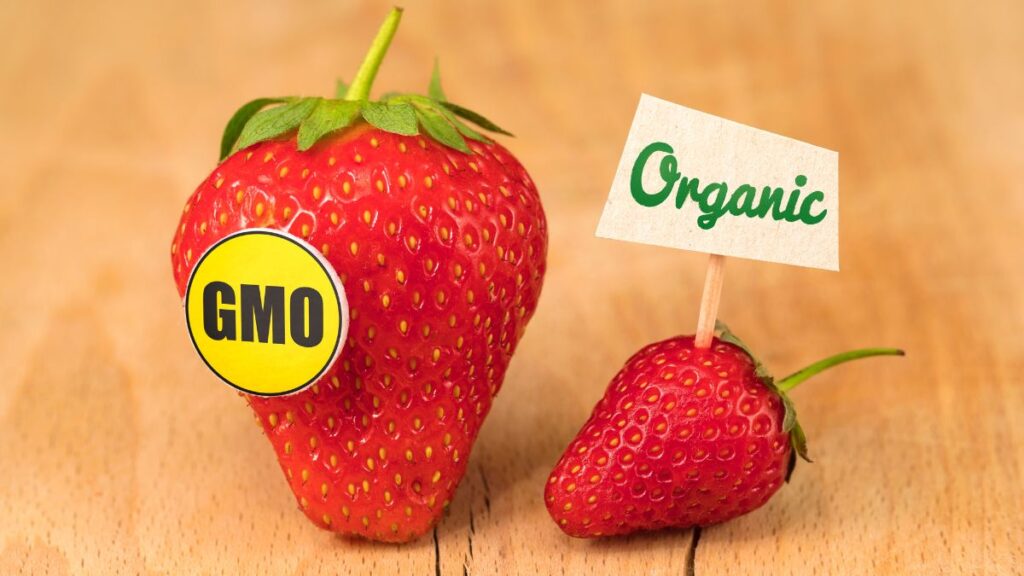
Be it then, be it now, the truth is that GM or hybrids are both a cruel way of bringing food resources under limited individual and government control. Shortages of seeds during the planting season, shortages of fertilizers, news and opposition.
The attack on the government is a direct example of the fact that at present the government has control over the food and agricultural resources. If this is also privatized in the future, where will the farmer and the poor go?
Early hybrid seeds which were mixed with hybrids of homogeneous breeds. Now they can make anything by changing anyone’s genes. And the modern incarnation of this technology is GM crops.
Which will gradually convert human genes into what is in the womb of the future. It is a matter of concern that the company which manufactures hybrid seeds, fertilizers, weeds, pesticides.
The same company also manufactures medicines. On one hand, we are being given malnourished food and then the diseases caused by the same malnourished food are also being treated.
Cotton is basically cultivated for cotton or yarn. The primary use of cotton is in making cloth. Man had learned in ancient times to spin cotton and prepare thread for cotton cloth.
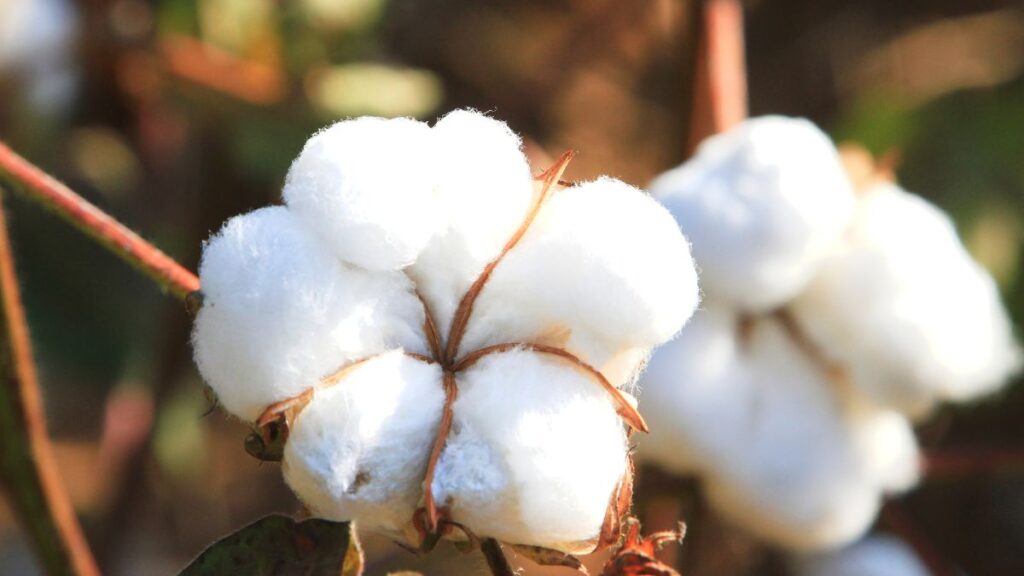
“Cotton is not of direct use to humans except in the textile industry” In 2002, on the basis of this recognition, Bt cotton was allowed to be cultivated in India. Which was a blatant lie. Either the government did not understand agriculture and agriculture by-products or the scientific advisors in the government lacked their vision.
But cotton seed oil has been extracted for centuries. And the cake or waste left after the extraction of oil from cotton seeds has been used in animal feed. Cotton seeds are called “cotton seeds”.
Bt cotton oil and animal feed have been on the market since 2003. Which is being used directly for human use. Snacks and Namkeen are prepared and sold in the open market in BT cottonseed oil.
And in the food industry, cottonseed oil from BT cotton is also used in Bhujia chips. Even edible oils are adulterated with cottonseed oil from BT cotton. And this BT poison has also indirectly entered our body through animal food, dairy products, meat, eggs etc. from animals to humans.

BT stands for genetic engineering and refers to the creation of a new variety of hybrid seed by matching the toxic genes of a land bacterium, Bacillus Thuringiensis, with the genes of any crop. becomes poisonous. But experiments have been done in different laboratories to find out what effect it will have on human health. Whose results were not the same.
That’s why Bt hybrid seed is still in controversy. Because of which only cotton has been approved in India.But now the government is not clarifying its position regarding BT or GM crops. Due to which side effects will be seen in Indians in future.
Let us tell you that the Food Safety Standard Authority has reached the final stage of a draft on the entire range of genetic products, which can be given the form of an ordinance anytime after the approval of the Group of Ministers.
Remember, once the poison of GM seeds has spread in the environment, then it is almost impossible to clean it.

